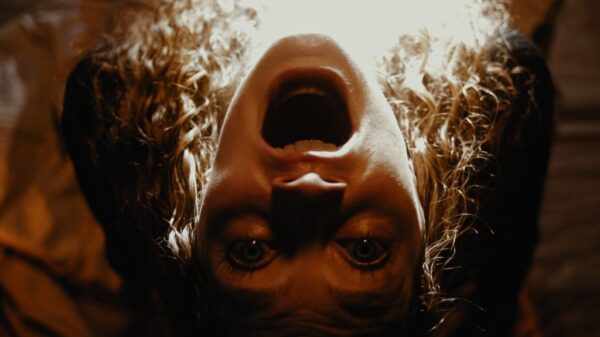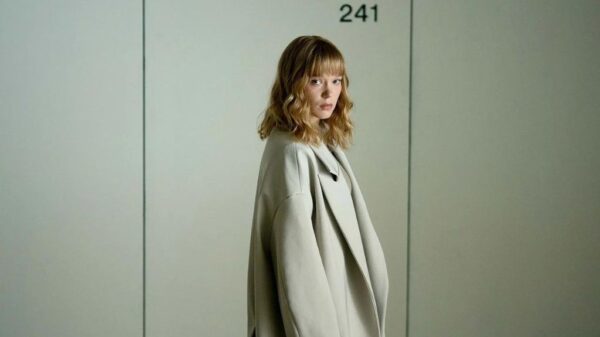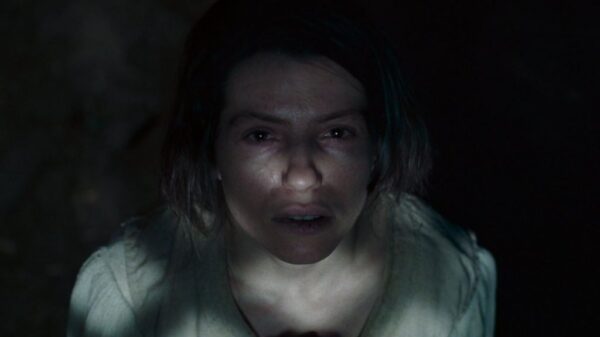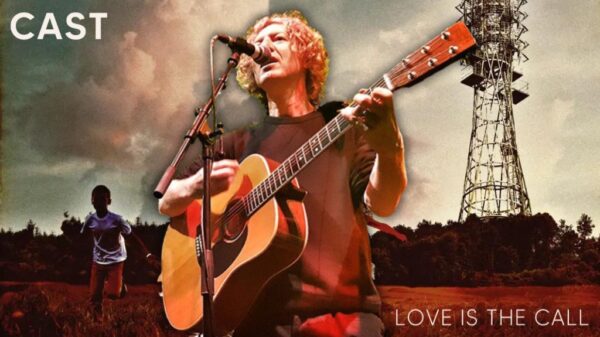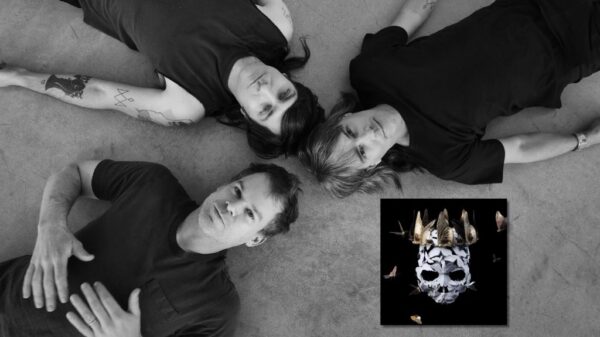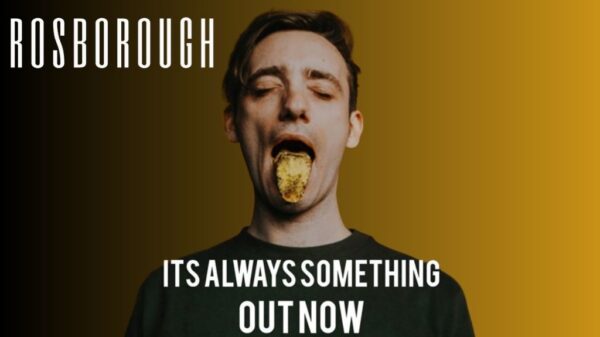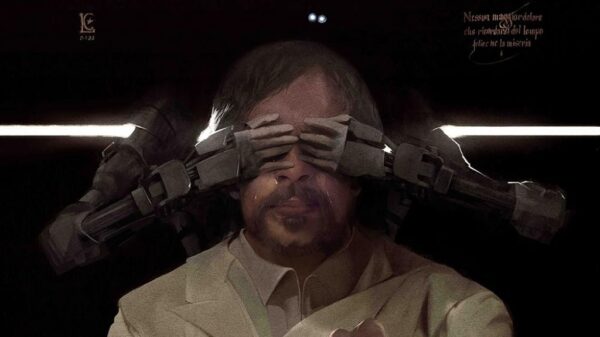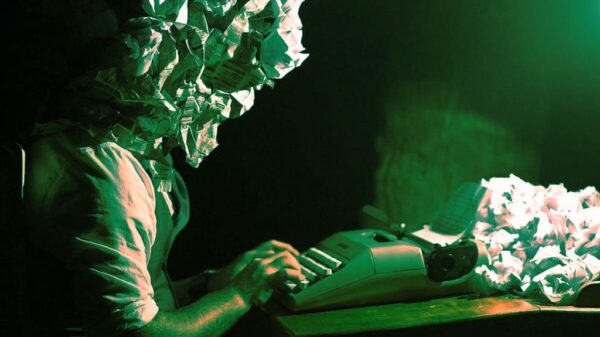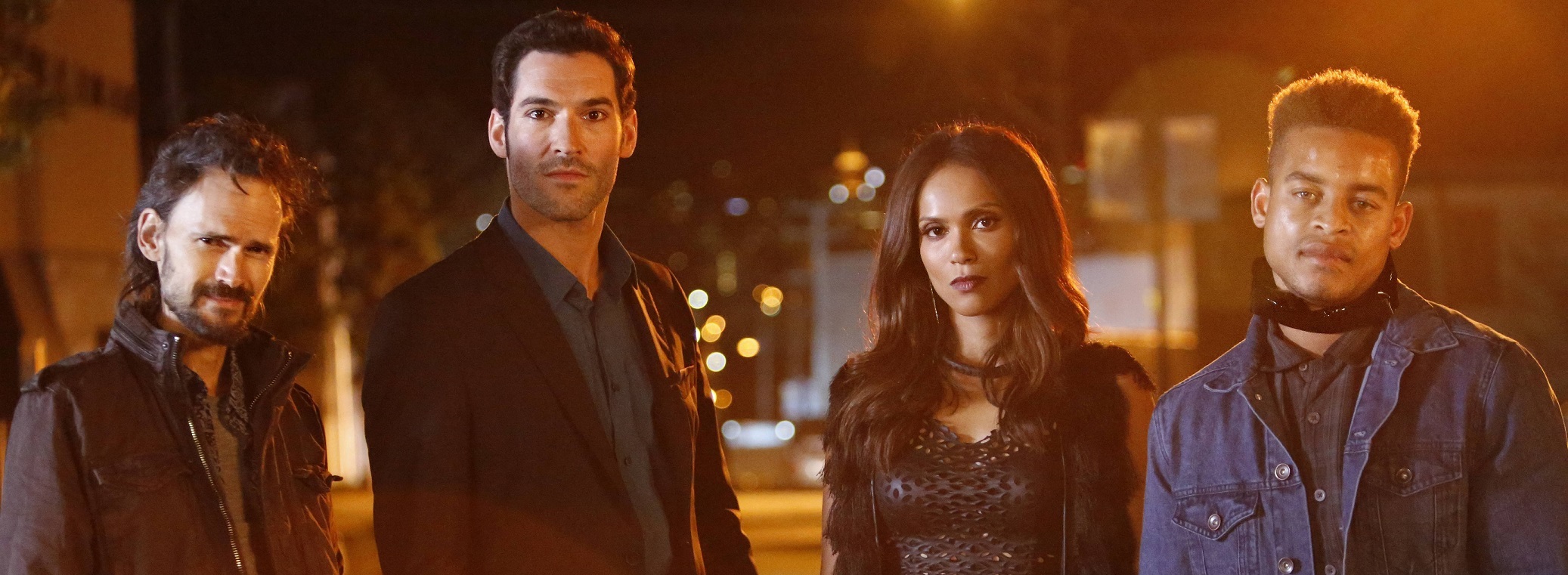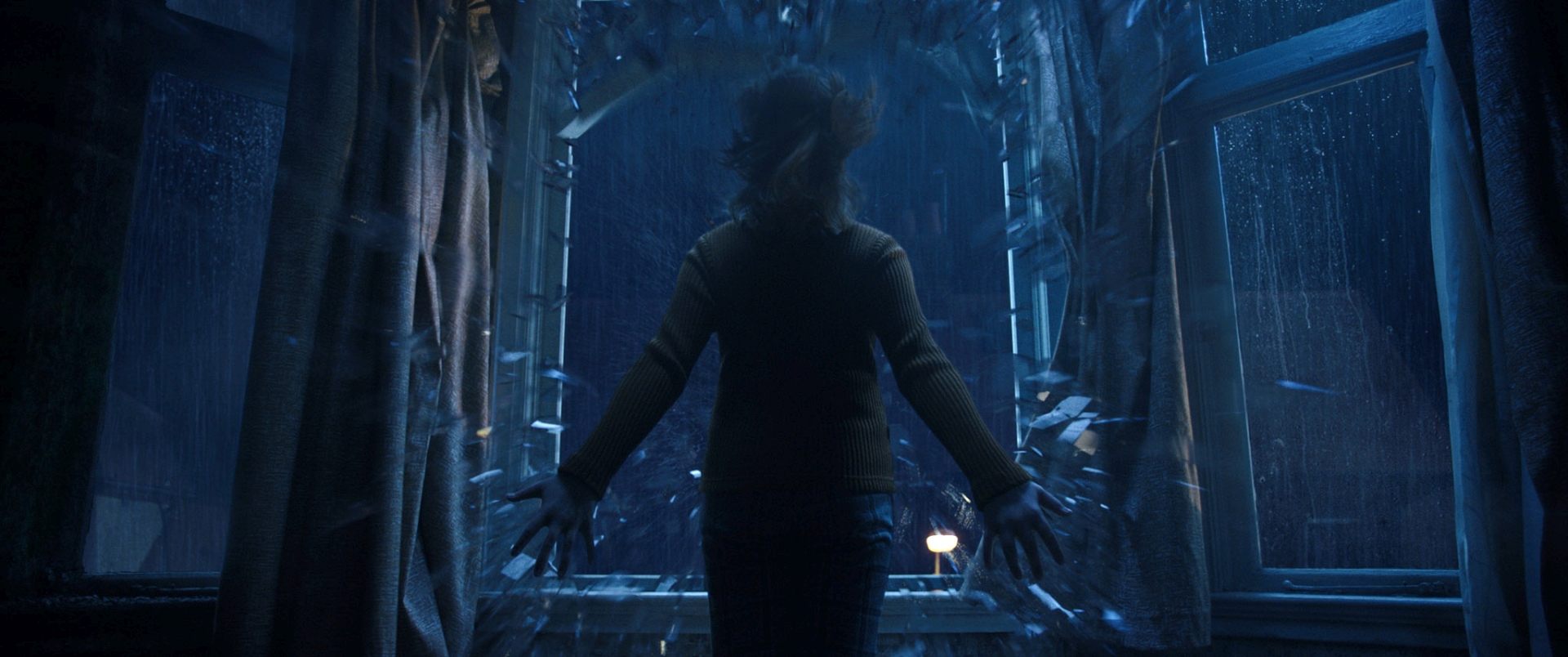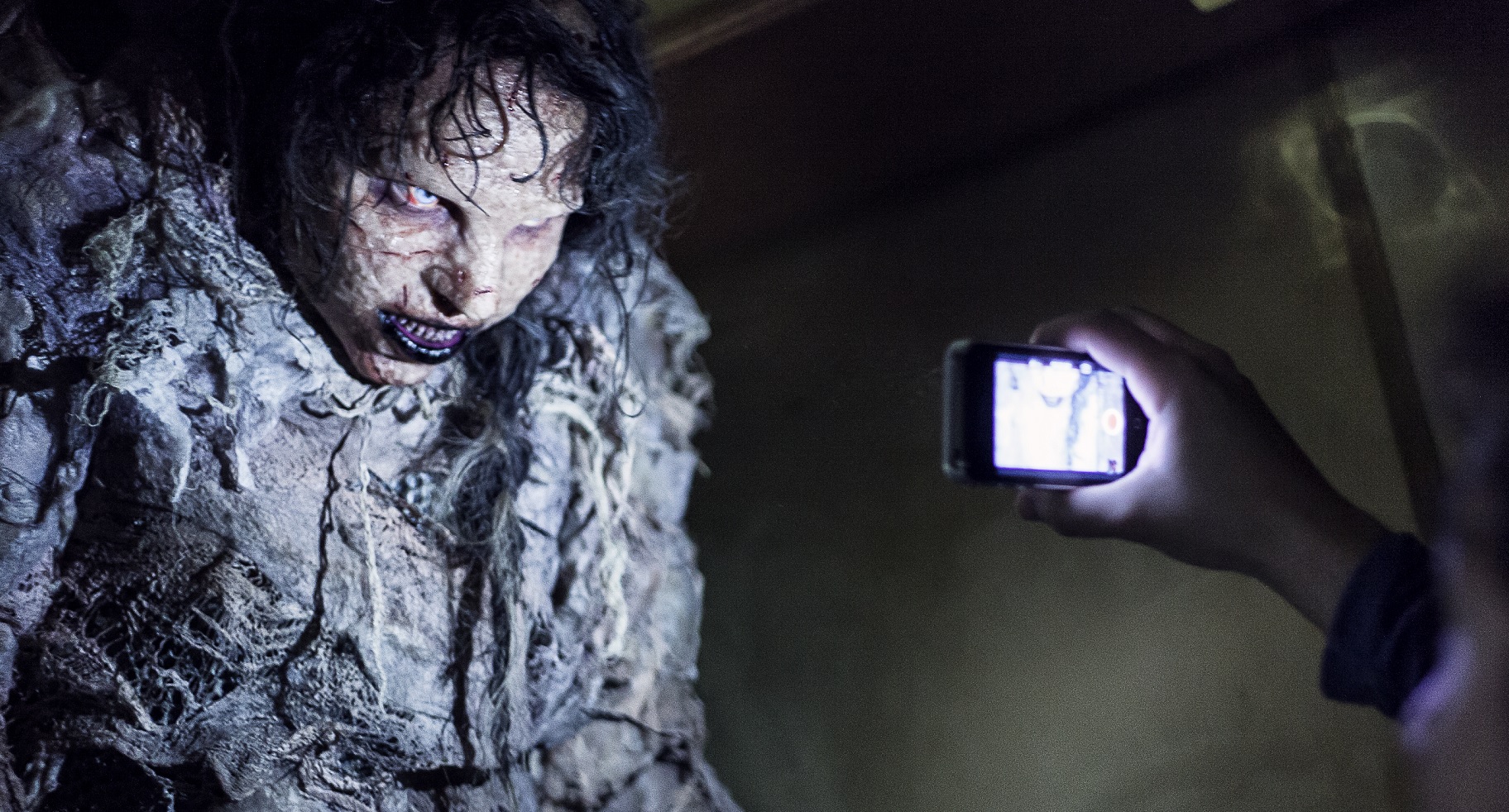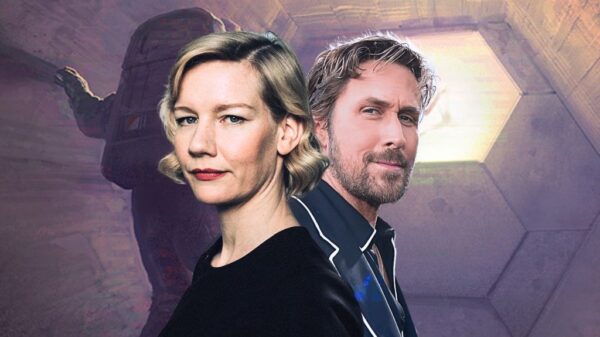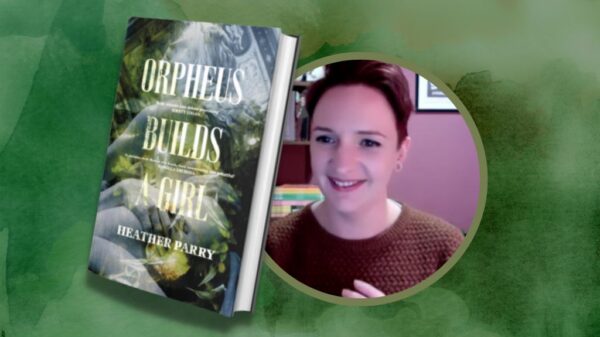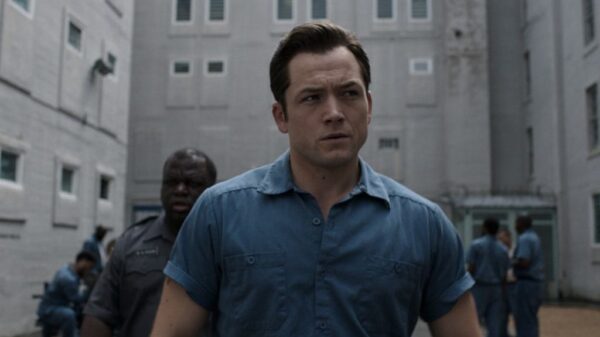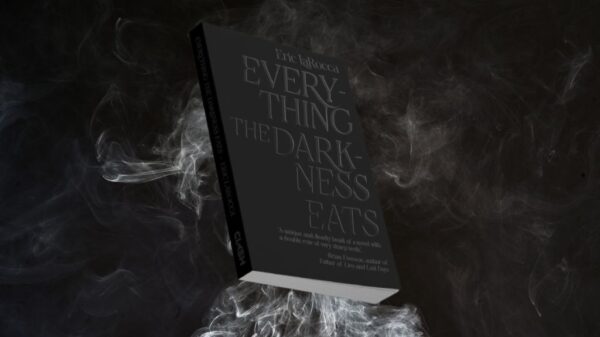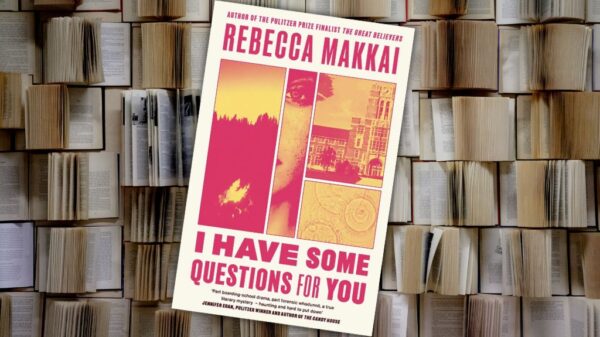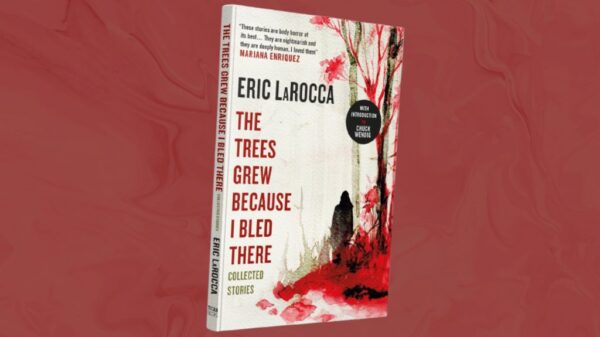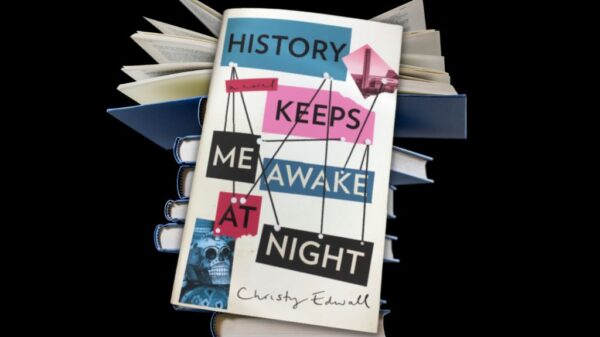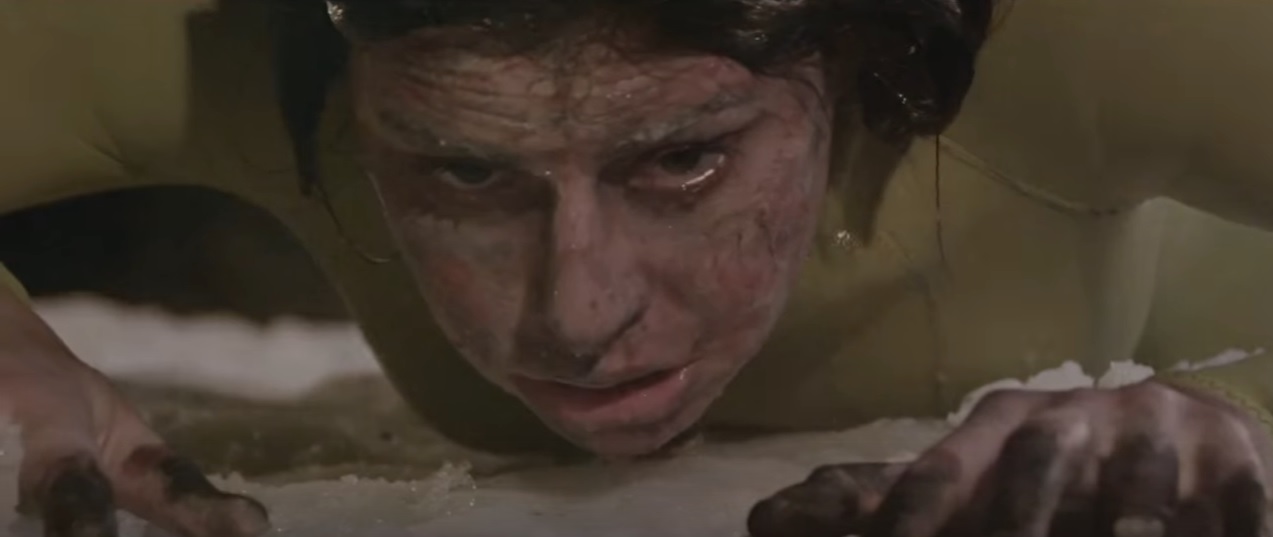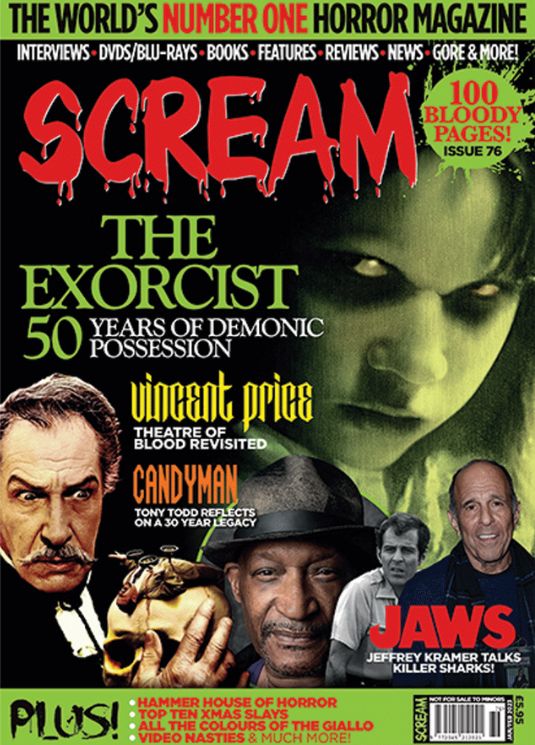Watching well crafted, connecting and terrifying stories of survival, you begin to wonder what kind of mind can write, produce or direct these tales. What place would they have to go to find a complete cinematic picture and imagery so palpable you shiver. THE DARK BELOW is filmmaker Douglas Schulze’s sixth released feature that again reunites him with collaborators, intelligent story and unfathomable horror. Taking some time out from his latest feature, Douglas spoke with Jay Kay from Cinema Chords about the journey of this film, cultivating a killer, silence, locations and more.
CC: Thank you Douglas for taking the time to talk with me and Cinema Chords about THE DARK BELOW. I’m not sure where the true fear and horror of this story comes out of. You could say endangerment of a child or serial killer/slasher or perhaps body horror or environmental horror or the human monster in us? A film like this, with so many levels of fear, horror, emotion and more, I am sure you have found a very diverse audience. Can you talk first about the reaction the film has gotten since it premiered at Fantasia back in 2015? How was it also to play the world-renowned film festival?
Douglas Schulze: Well the film has taken us from Montreal to Paris, France, Sweden and now LA and NY. It’s been a wonderful experience screening the film for audiences in these different countries. I never thought that making movies would be the way I’d get to see the world. The film has been extremely well received by those looking for a unique thriller.
CC: Can you talk about if this was at all a personal writing or filming experience for you? If I may ask, did you, or anyone you know, go through anything resembling this dark drama? What made you decide on the particular life events that both characters fall back on and their selection?
DS: The films inspiration comes from a real life incident I experienced. As a child, I grew up on a large lake. My first winter found me venturing onto the frozen lake and I came upon a fishing hole that had frozen over. Before I knew it, the ice around me gave way and I went under. With the heavy winter clothing I had on I was dragged down and away from the hole. It was a terrifying experience. I was able to find and follow the light and made it up to the surface. The experienced served as a basis for the idea of being trapped beneath the ice on a frozen lake. The rest is just dramatic fiction.
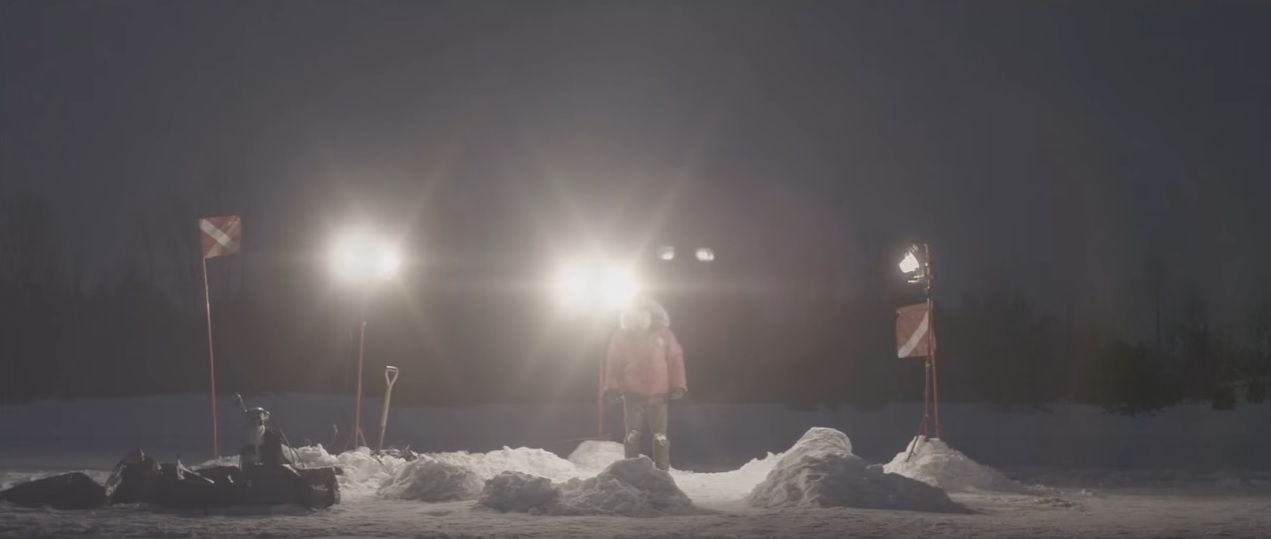
CC: Talk with me about the overall themes of isolation and not knowing those closest to you at all in THE DARK BELOW?
DS: The ice and frozen landscape are perfect metaphors for our story. The film speaks to the idea of isolation and the darkness that can come from it. Silence is the ultimate scream and is why the film had no spoken dialogue beyond the three words.
Now having said all that, the original story followed a pair of rescue divers and how one of them helps a group of criminals hide a stash of drugs deep in a lake with the idea of retrieving them in the winter. The scope of the story was beyond my reach at the time so I refined the idea to make something more intimate and haunting.
CC: The color is very vivid at times and the visual of the ice almost looks like stain glass while other times it represents the visual emotion of the character in their clothing and the illumination off against the white of the winter. What was the thinking with the colors of the film and how crucial was the color correction? What was the relationship and conversations like with DP Robert Skates pertaining to the coloring palette in the cinematography?
DS: The film was meant to be an exercise in color contrast. Red and Yellow, Black and White as well as the light of the snow contrasting with the dark of the water. The man’s red parka contrasting with the woman’s yellow dive suit. This was the intention. The contrast was a visual metaphor for their situation and relationship.

CC: What was casting for the film like knowing not only that the cast would have to be incredibly expressive, but would have to create a well-rounded and authentic performance deep within themselves? What made Lauren Mae Shafer, David G.B. Brown and Veronica Cartwright right for these roles and conflicts? How much did the elements of the winter play into the authentic aspect of that performance?
DS: Well I had worked with Lauren and David on another film (MIMESIS). Ironically Lauren was a bit of a bad girl and David was a good guy. So it was fun to cast them in polar opposite roles. The reason for casting them both had a lot to do with their abilities to play physically demanding roles. Lauren went through intensive dive training. I think the real conditions helped them tremendously. When it’s -20 below you don’t need to act cold … you are cold. Veronica Cartwright is such an amazing actress and she has such an amazing ability to convey emotions without saying a single word. I felt she was the perfect actress to bring a sense of authenticity to the role. All three actors did an amazing job.
CC: Can you talk with me about where the mold came from for the deceptive, dangerous and scary figure that Ben is? What was the thinking with the empowerment of Rachel as a more angelic and almost surreal figure as the film moves along?
DS: Like other psycho and sociopaths, Ben appears, on the surface, to be an average Joe. Beneath the surface is where his darker self exists. Ben really isn’t patterned after any one bad guy … real or fiction. The story was actually designed for Lauren’s character. I liked the idea of a survival thriller pitting this one woman against the elements. Add to it a killer lurking on the surface above and I felt that would make for an engaging premise.
CC: THE DARK BELOW offers next to no dialogue throughout the 75-minute running time. Can you talk with me about why you eliminated that tool and was the film meant to be more of an operatic style performance?
DS: I wrote a 12-page treatment first and it didn’t have any dialogue at all. It was a template for the screenplay. As the story developed it was time to go back and add dialogue to the scenes and I struggled with finding the right words. I was then struck with a kind of epiphany: Maybe I don’t need to force dialogue into these scenes. I felt the story played fine without adding dialogue. To me, the story is a survival thriller and the two actors don’t really have a reason to speak to each other.

CC: One of the most powerful, painful and incredibly visceral sequences is the frost bite that Rachel suffers. Talk to me about writing the scene and then actually bringing it to life?
DS: It was easy to conceptualize the scene on paper. Filming was another story. That scene was filmed at night, outdoors when temperatures dropped to -20. So, when Lauren is crawling around on the snow, shivering as her body gives off steam – it’s all very authentic. Her hands were numbing so the hypothermic conditions were authentic to a certain extent. That’s all Lauren there.
CC: Talk to me about your collaboration with composer David Bateman? What were your thoughts about crafting a soundscape that included non-instrumental elements like breathing, ticking, storms and I think a bit of a power?
DS: When I met with Dave initially we discussed the need for the soundtrack to provide a voice for Lauren’s character. Dave intentionally create this recurring choral vocal that was singular and very isolated. We used the term operatic and I think that’s very fitting. It’s an incredible soundtrack that drives the narrative. Eric Bobo brings some thunder with the percussion elements.
CC: What pitfalls did you not want to fall into with this film especially when it came to the aspect of extreme weather?
DS: Well we did not want to endanger anyone during the making of the film so we went to great lengths to insure a safe shoot. When we filmed on the frozen lake we took great care in creating a safe filming environment. We had a safety diver during the underwater scenes so Lauren was never alone under water. I’d have to say it was probably the safest film shoots I’ve been on. The pitfalls were Michigan’s unpredictable weather. We took a gamble by filming in March. As I write this there is no snow on the ground and the lakes are no longer frozen. This wouldn’t have worked for filming and we got very, very lucky.
CC: What is next for you and where can we find out more?
DS: We just finished filming a sequel to the STARZ/Anchor Bay best seller MIMESIS. I’m super pleased with how this turned out and we start editing this month. We also have an episodicalshow in the works. It’s a dark comedy called The Monster Show. But for more info and to follow the Dark Below please visit http://www.facebook.com/darkbelowmovie
(Images from Yahoo and Google)
Follow Jay Kay on Twitter @JayKayHorror








